- Category
- Latest news
New Buk-MB2K Air Defense System Marks Belarus’s Partial Break From Russian Dependence
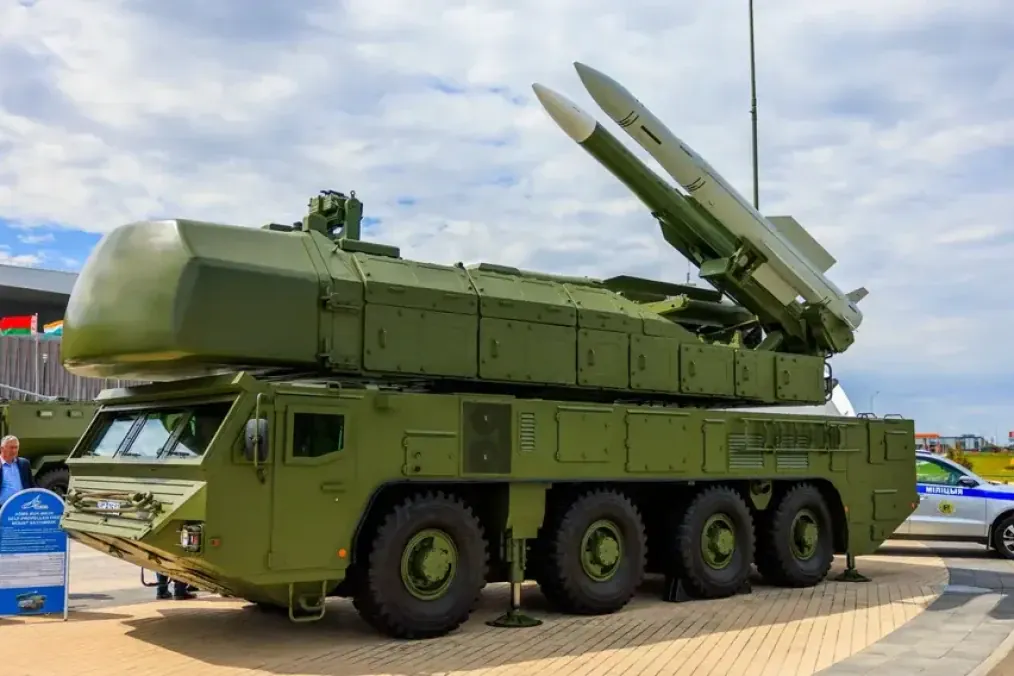
At the Indo Defence 2025 exhibition in Jakarta, Belarusian defense firm E-System Solutions unveiled a mock-up of the newly inducted Buk-MB2K medium-range surface-to-air missile system—a system now formally in service with the Belarusian Armed Forces, defense media outlet Army Recognition reported on June 16.
The appearance marks the platform’s Southeast Asian debut following its full-system rollout at the MILEX 2025 defense expo in Minsk just weeks earlier.
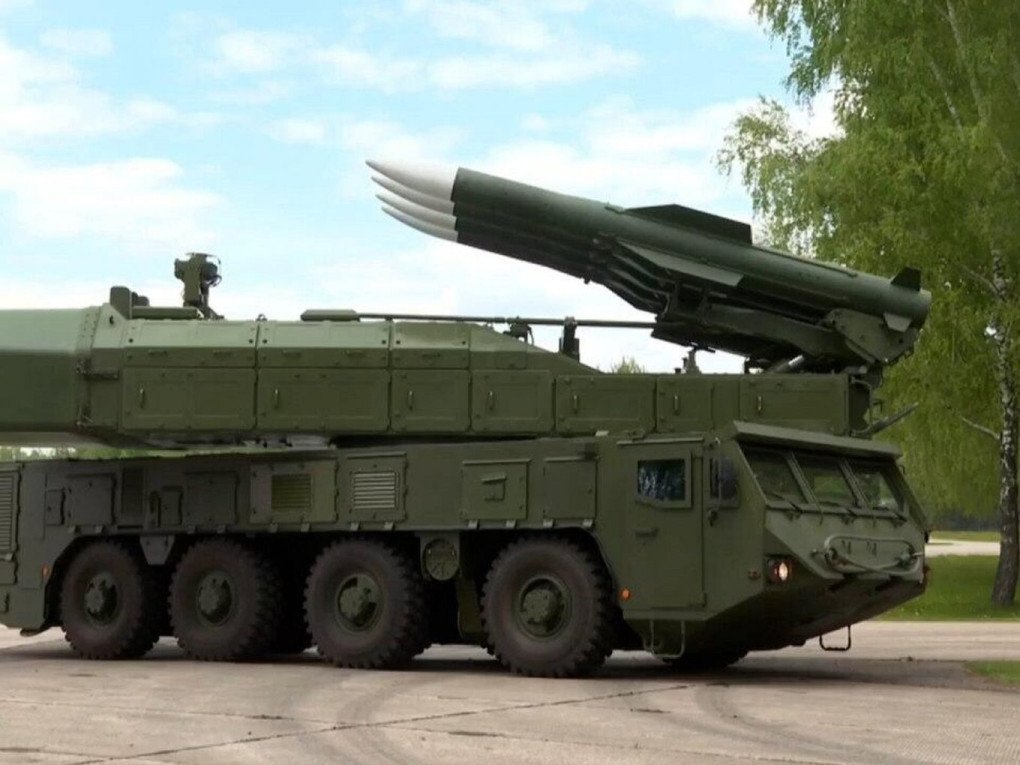
Designed for use in high-threat environments featuring electronic warfare and mass aerial attacks, the Buk-MB2K reflects Belarus’s growing ambition to sustain a self-reliant missile industry while continuing strategic military cooperation with Russia, Army Recognition noted.
The Buk-MB2K “was preparing to fire during live-fire trials in December 2024 near the Ukrainian border,” according to Belarusian officials. These tests preceded its formal integration into the national air defense network.
Built around the 9M318 missile, the Buk-MB2K is interoperable with previous Buk-family munitions, including the 9M38MB and 9M317, offering flexibility for legacy system operators.
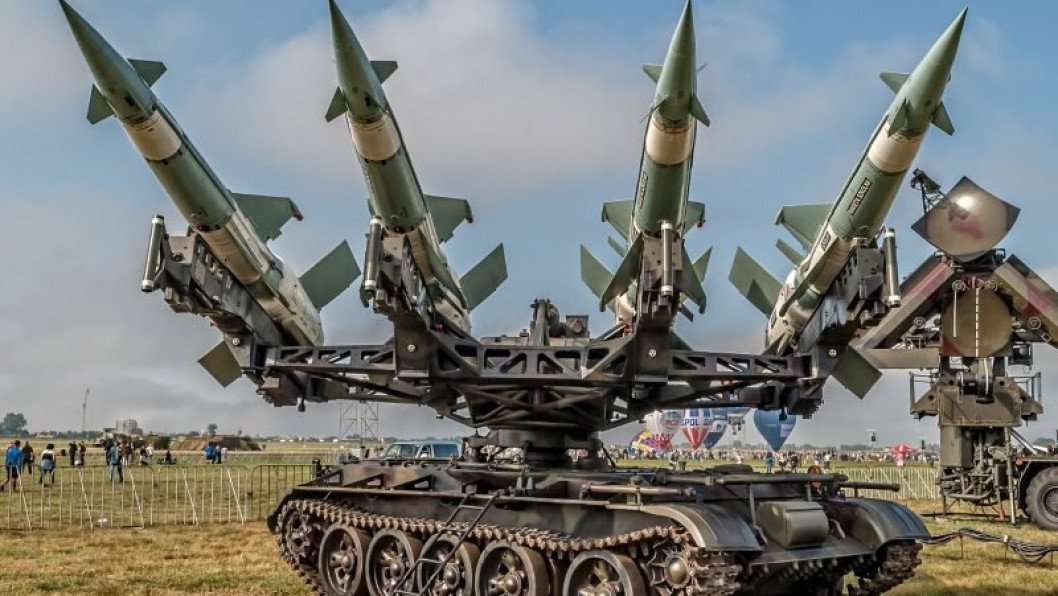
Each launcher vehicle carries four missiles and can be made combat-ready within five minutes—allowing for quick redeployment and minimizing exposure to counter-battery fire.
The system is composed of several integrated components:
9A310MB2K: The self-propelled fire unit.
9A39MB2K: Loader-launcher with reserve missiles.
9S470MB2K: Command post coordinating fire control.
9S150MB: Long-range acquisition radar.
Subsystems are connected via radio, cable, or even fiber-optic links stretching up to 120 kilometers, making the Buk-MB2K suitable for integration into national or regional air defense architectures.
According to the Army Recognition, the wheeled system features a 500-horsepower diesel engine, allowing for a top road speed of 60 km/h and a range of 700 kilometers.
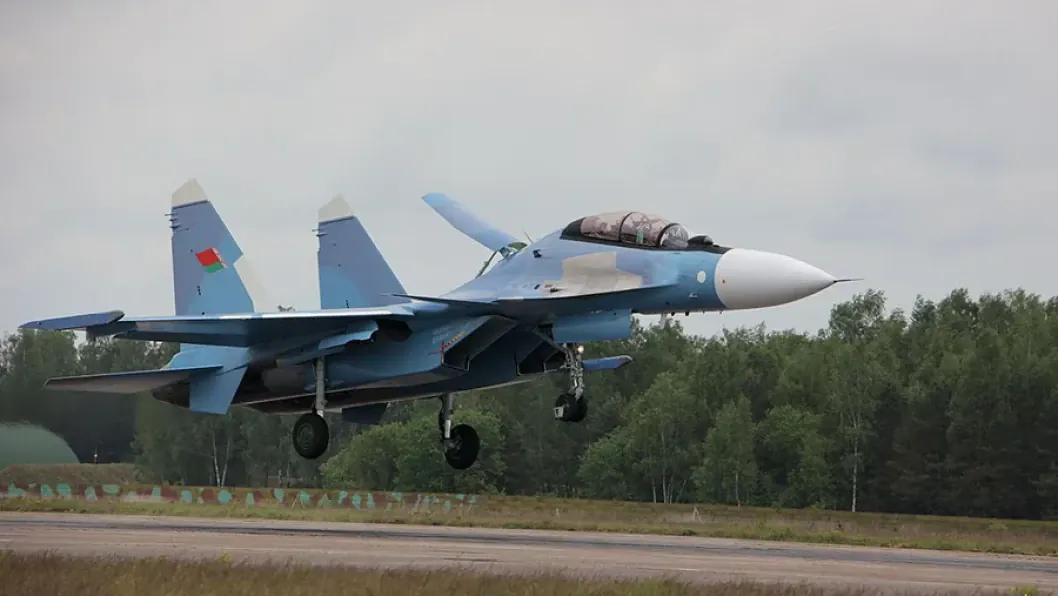
Its radar can detect fighter-sized aircraft at 130 km and track them at 110 km when flying at 3,000 meters.
Hovering helicopters at 30 meters altitude can be detected at 8 km, and optoelectronic sensors allow passive detection of head-on targets at 40 km—ideal for operating without radar emissions in contested environments.
Multi-target tracking and modernized missiles
Capable of intercepting targets at altitudes from 15 meters to 25,000 meters and ranges of 3 to 70 kilometers, the Buk-MB2K can engage a wide variety of threats—including cruise missiles, UAVs, manned aircraft, tactical ballistic missiles, and air-launched weapons. The system supports multi-target engagement, allowing it to counter saturation attacks.
The system’s crown jewel, the 9M318 missile, was developed in the 2010s after Russia ceased deliveries of the older 9M38 missile.

Weighing 815 kg and fitted with an active radar seeker, the 9M318 allows for autonomous terminal guidance, freeing up the engagement radar for follow-up tasks. Its modular design includes Belarusian-developed guidance software and seekers, with propulsion components sourced from Chinese suppliers.
The missile can engage targets traveling up to 1,350 meters per second and withstand maneuvering loads up to 25G.
Belarus tries to distance itself from Russia
Belarus’s defense industry has steadily ramped up its domestic missile production capacity over the past decade, aiming to reduce reliance on Soviet stockpiles and foreign suppliers.
The country now manufactures two known missile types: the 9M318 for Buk systems and rockets for the Polonez multiple-launch system, though full-scale Polonez production remains unconfirmed.
Belarus is also reportedly involved in component production for Russia’s Iskander and S-300/S-400 systems. Estimates from BELPOL suggest that Belarus’s total missile output—across all types—could reach 300,000 units annually by 2027 or 2028.
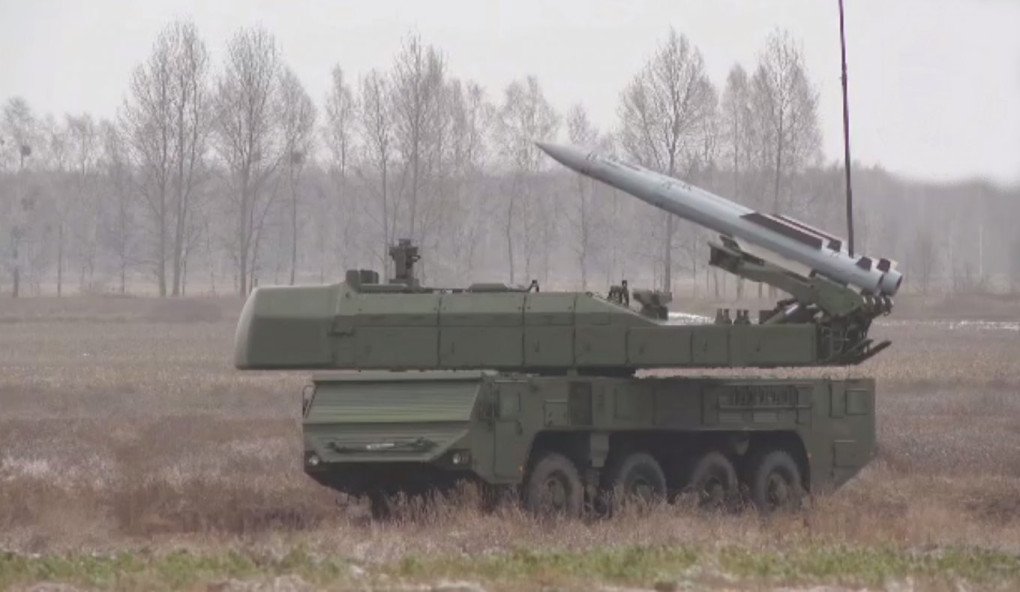
This model, inspired by China’s defense-industrial strategy, supports long-term strategic autonomy while preserving bilateral cooperation with Moscow.
Despite advancing its independent production lines, Belarus continues to host Russian S-400 and Iskander missile systems, conduct joint missile exercises near the Ukrainian border, and accommodate Russian tactical nuclear weapons.
Earlier, reports emerged that Russia was upgrading nuclear bases in Kaliningrad and Belarus, according to satellite imagery.


-72b63a4e0c8c475ad81fe3eed3f63729.jpeg)

-111f0e5095e02c02446ffed57bfb0ab1.jpeg)

